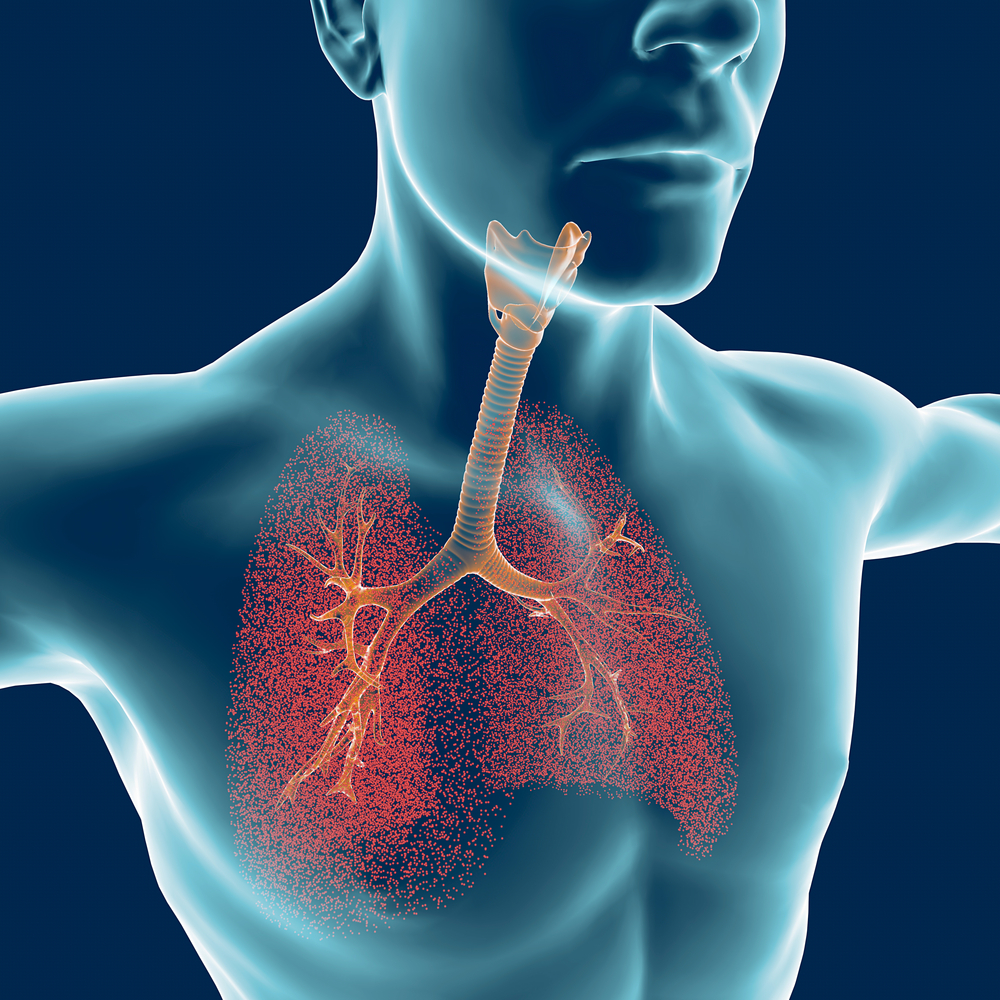Exhaled Breath Temperature Can be Potential Biomarker in Patients with Pulmonary Hypertension

Exhaled breath temperature could serve as a potential prognostic biomarker for patients with pulmonary hypertension (PH), a new study shows.
The study, “Exhaled Nitric Oxide and Exhaled Breath Temperature as Potential Biomarkers in Patients with Pulmonary Hypertension,” was published in the journal Biomed Research International.
There is a significant need for noninvasive prognostic tools for patients with PH.
One of the major underlying causes of PH is an imbalance between vasoconstrictor agents (molecules that constrict blood vessels) and vasodilators (molecules that dilate vessels).
Nitric oxide (NO) is a strong vasodilator. Fractional exhaled NO (FeNO) refers to NO that is exhaled when a person breathes, and is commonly used as a noninvasive biomarker of lung inflammation in patients with asthma and other pulmonary diseases. FeNO has also been evaluated as a biomarker in patients with PH, but results have been inconsistent
Researchers have also looked at other biomarkers in exhaled air, such as exhaled breath temperature (EBT). EBT has also been used as a marker of inflammation in patients with asthma and chronic obstructive pulmonary disease (COPD).
Now, a research team in Italy conducted a study to assess the use of FeNO and EBT as biomarkers in patients with PH due to different causes. Researchers tried to correlate these parameters with respiratory functional data.
Interested in PH research? Check out our forums and join the conversation!
Researchers recruited 24 PH patients who were divided into three groups, based on the cause of their PH: 10 patients had pulmonary arterial hypertension (PAH; group A), 11 patients had PH due to COPD (group B), and three patients had PH associated with left heart disease (group C).
Results indicated that the average FeNO values tended to be higher in group B, at a rate of 15.0 parts per billion (ppb), compared to the other groups (9.9 ppb in group A, and 8.5 ppb in group C). However, results were not statistically different among one another.
Researchers also looked at the contribution of alveoli (tiny air sacs in the lungs) to the amounts of exhaled NO (CANO). Results showed that the average values of CANO were higher in groups A (16.9 ppb) and B (13.9 ppb), compared to group C (6.7 ppb), suggesting that groups A and B had reduced diffusion capacity of oxygen in the lungs, but again, results were not statistically significant amongthe groups.
With EBT, the average value found was significantly lower in group C (at 29.0°C) compared with the other groups (30.9°C in group A, and 31.2°C in group B).
When looking at the relationship with respiratory function, EBT levels were found to be inversely correlated to mean pulmonary arterial pressure. Hence, the lower the EBT level, the higher the mean pulmonary arterial pressure, and the worse clinical severity of PH.
“To our best knowledge, this is the first study analyzing EBT in PH patients,” the researchers said. “Interestingly, EBT reduction was correlated with PAPm [mean pulmonary arterial pressure] increase, whereas FeNO was higher in COPD patients and CANO in PAH and COPD groups.”
Overall, based on the results, the team suggested that “low levels of EBT may predict the clinical severity of PH,” and that further studies are needed to “clarify EBT, FeNO, and CANO roles as biomarkers in the monitoring of patients with PH.”







